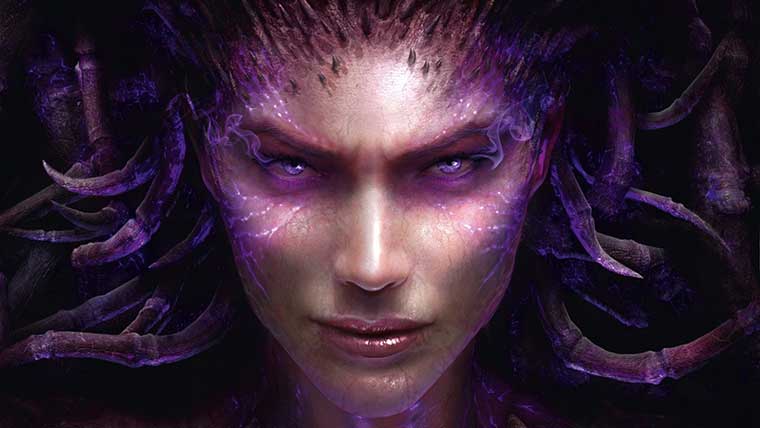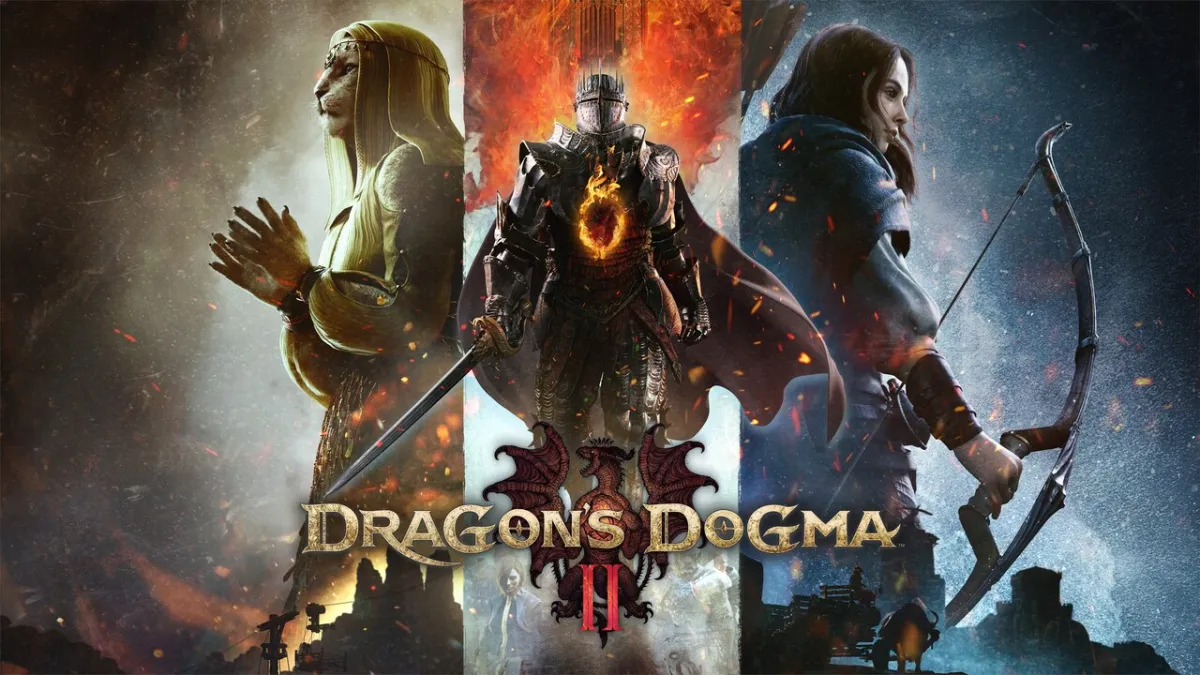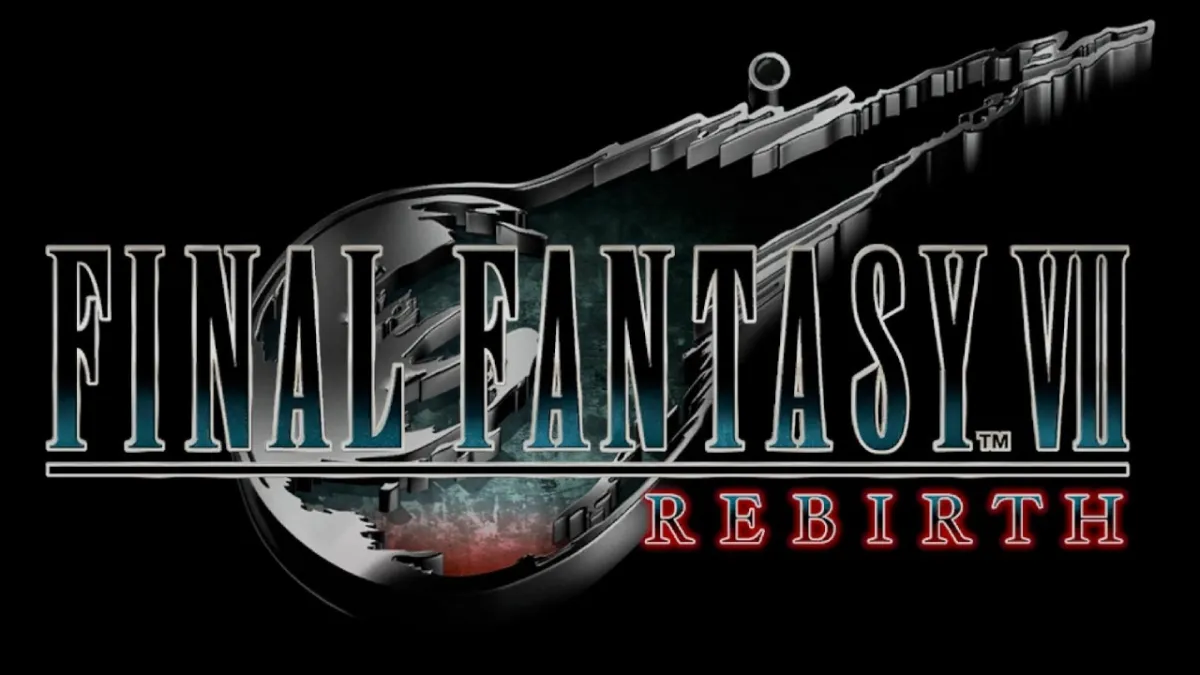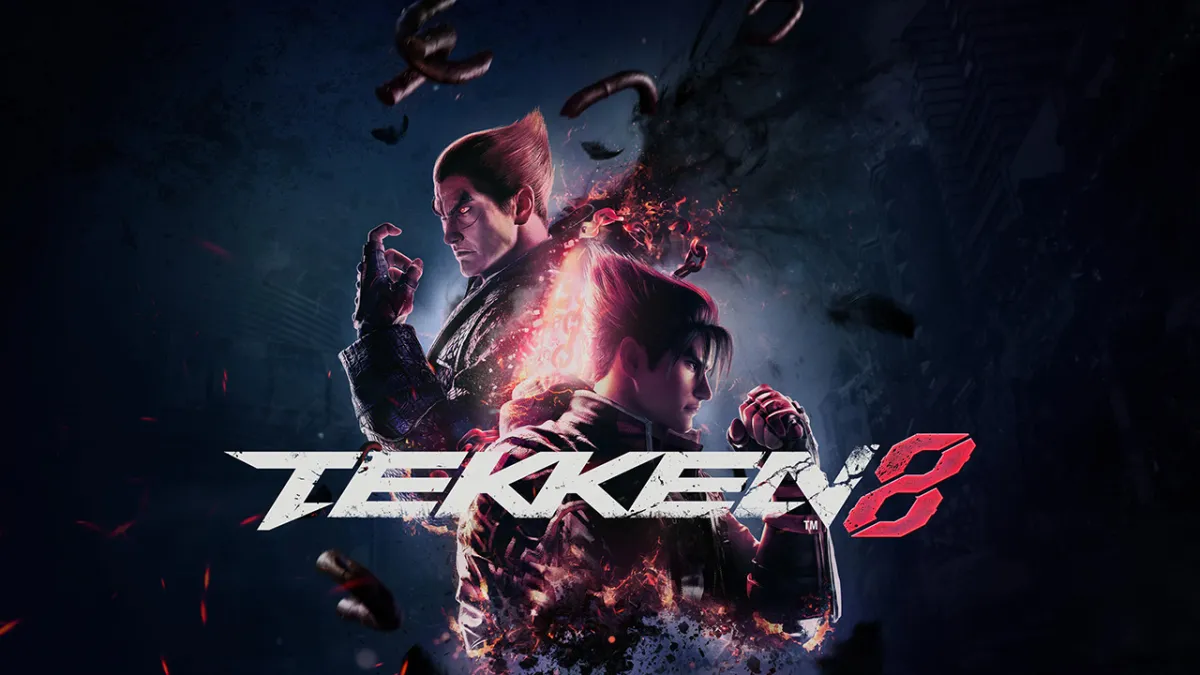Expansions for games are weird things. When done wrong, they can leave a bad taste in the purchaser’s mouth. When misrepresented as an expansion, only to be a handful of content that feels like it could have easily been included in the main game, people start to get the wrong idea about meaningful additions to games in general. It hasn’t always been this way. The egregious pursuit of cash once a video game releases is a fairly new phenomenon. Blizzard recently released the StarCraft II: Heart of the Swarm expansion, and it’s pretty much the opposite of this growing way of doing business. It arrives nearly three years after the release of StarCraft II: Wings of Liberty, and it’s not only a continuation of the constantly developing storyline in the StarCraft universe, but an evolution of the Battle.net platform, and a call to get more players interested in the genre by completely refining the tools that make up StarCraft II.
That’s not to say that StarCraft II: Heart of the Swarm was made explicitly with the newcomer in mind, but the old-hands know what they’re getting into. Those that have been playing StarCraft II: Wings of Liberty for the past two and half years haven’t been concocting new plans to beat the single player campaign in new and interesting ways. They’re likely in it for the competition. This real-time-strategy title is played competitively across the globe, and is one of the most popular eSports games on the market today. Though the lions share of surface content for Heart of the Swarm does arrive in the single player variety, there’s a lot more going on behind the scenes, and in multiplayer, that make Heart of the Swarm one of the most ambitious moves by Blizzard in quite some time.

Single player is different enough in both visuals and interface to give Swarm a fresh face
Wings of Liberty players will slide right into Heart of the Swarm single player, but it’s worth noting that a recent playthrough of the first campaign will help with some of the story ties. Where Wings of Liberty focused on the Terran campaign to bring down Sarah Kerrigan, the Queen of Blades and leader of Zerg; Heart of the Swarm is the direct sequel to that game, and takes place immediately after the Zerg conquest had been contained.
Continuing with the storyline set forth in Wings of Liberty, Raynor and Kerrigan have a thing, a relationship that was hinted at in the original campaign but never fully explored. Wings of Liberty focused on Raynor’s quest to save Kerrigan, giving you command of the Terran forces; Heart of the Swarm is the exact opposite. The twenty mission single player experience will last about 10 hours, and will graduate you to Zerg Adept. It’ll teach you the fundamental building process for the Zerg faction, introduce you to a number of colorful sidebar characters, and let you explore upgrade paths for Kerrigan and her Zerg army. Heart of the Swarm follows a very familiar structure to Wings of Liberty, but where a lot of time was spent on the many areas of Raynor’s Hyperion Ship in the first game, you’ll be plotting your battle plans from Kerrigan’s Zerg nerve center in Heart of the Swarm. The peices are similar, but different enough in both the visuals and interface to give the game a fresh face.
On the ground, the major differences in Heart of the Swarm will be noticed immediately. Kerrigan is a near constant across the many missions in the single player campaign, and she is a powerful piece to any Zerg army. While you’ll gradually be introduced to new Zerg units to build as the situation calls for them, Kerrigan also evolves with new powers that make her the ultimate win button. On normal mode, Heart the Swarm will feel a lot easier with Kerrigan always at the ready to cripple even the most daunting of units, but things do get dicier when kicked up to Brutal. Like Wings of Liberty, Heart of the Swarm gets trickier as you go, and there’s a wide variety of mission types that you’ll encounter along your way. They all have their core and side objectives, like the previous game, and with the dangling allure of further upgrades as a reward, you’ll want to complete as much as you possibly can. The story is more straight forward this time around, and there’s far less minutiae to dig into, but Heart of the Swarm is a fun RTS campaign nonetheless. It’s pressed forward by both jaw dropping cinematics and the tried and true StarCraft gameplay that was introduced in Wings of Liberty.

There are tons of tools in Heart of the Swarm to help veterans and newcomers alike
The biggest surprise with Heart of the Swarm is just how openly Blizzard is looking to expand their reach with this game. There are a ton of little details littered throughout that point to helping the first timer get into the groove with Heart of the Swarm. Rightfully so, jumping into StarCraft II for the first time can be a harrowing experience for even the most battle-tested gamers. The three factions are all so vastly different in the way that they are played, and that means there’s a lot to learn.
Blizzard has extended a branch to players with a slew of options, training modes, and stat tracking tools to help new players become better, and old players refine their skills even further. Even when playing against the AI, players will be assessed, and the game will throw the appropriate skill level of computer controlled opponent at you. Without running the risk of going online and tarnishing your rank, you can build to your heart’s content, tweak, and review any of your previous matches. This goes a long way in getting ready for the hyper-competitive landscape that is StarCraft II Multiplayer.
The single player portion of the game will get you acclimated to the Zerg, but to master the Terran or Protoss races, the training and challenge modes help new players out immensely. These features coupled with the compilation of stats for matches, and its pretty obvious that Blizzard is trying to make StarCraft II more transparent, and accessible. That doesn’t mean that the game has been dumbed down in any way, it’s probably more balanced than it’s ever been, but there are fewer barriers to entry for newcomers. New players in territories outside of Asia will need to own Wings of Liberty to play Heart of the Swarm, so there is that barrier though.

While new players may be inundated with all of the features in Heart of the Swarm, veterans will notice that there have been some significant tweaks to multiplayer, and they revolve around new units and changes to the abilities of existing ones. While StarCraft II is a constantly evolving game that’ll likely see patch after patch of support following release, the expansion gives Blizzard a little room to spread their wings and make changes more drastically than they would in a patch.
The end result of the many new units and ability changes comes down to the new strategies that they give players to use. Each addition seems to have its own meaning, and depending on play style, could have significant impact on the way the game is played by some. Right now, it feels balanced. Since the game only recently released, it’s hard to tell if Heart of the Swarm will need a balance patch in the near future. It shouldn’t. The multiplayer side of things has been in beta for a very long time, and the players predisposed to finding these types of balance breakers have likely already given Blizzard the heads up on any problems the game might have.
Multiplayer Changes
Blizzard: “For the Zerg, the new Swarm Host serves as a ground-based siege unit. When burrowed, the Swarm Host will periodically spawn units that stream toward enemy units or structures. This allows the Zerg to apply pressure on entrenched enemy positions. The Viper is a flying support unit that has abilities that can manipulate the battlefield. As an example, Abduct allows the Viper to pull a unit toward it from a distance, which can be useful in making key enemy units more vulnerable, or pulling a friendly unit to safety. The Viper can also cast Blinding Cloud, which drastically reduces enemy unit attack range in a small area. Furthermore, the Consume ability allows Vipers to replenish their energy by feeding on the health of friendly structures. Additionally, Hydralisks have gained an upgrade which vastly increases their movement speed off of creep.
The Protoss now field an interesting new unit called the Oracle. This unit is a psionic warship, built from a Stargate, which uses unique abilities to raid and harass the enemy. The first is Pulsar Beam, which is energy-based and does devastating damage to light units on the ground. Another ability, Envision, grants temporary detection to the Oracle, while the Revelation ability reveals enemy units and structures in a large area. The Tempest is a new capital ship that can fire at both ground and air targets from long range, doing additional damage to massive air units. The Mothership Core, a primarily defense-based air unit, can cast Photon Overcharge which grants a Nexus a long-range attack for a short period of time. Its Time Warp ability slows enemy movement speed in a small radius, while Mass Recall teleports nearby friendly units to a Nexus. Finally, the Mothership Core can be upgraded to a full-fledged Protoss Mothership during the later stages of the game.
The Terrans have some new tricks as well. The Hellion has a new ability to transform into a walking battle mech called the Hellbat. In this alternate form, Hellions will move slower, but gain health and deal higher damage in the form of a wide arc of flame. The Widow Mine is a Factory-based unit that can burrow into the ground and periodically fire missiles that deal splash damage. Medivacs gain a short cooldown-based speed-boost ability. Siege Tanks no longer need to research an upgrade in order to enter Siege Mode.”
This laundry list of changes from Blizzard is certainly a game changer, but the StarCraft community has had a positive response to the new additions. As is the case with the constantly evolving landscape of StarCraft II Multiplayer, time will tell. For those that do let StarCraft II multiplayer into their hearts, it’s a hard habit to kick. It’s one that offers an amount of replayability that you’ll find in very few games, and Blizzard tirelessly supports this end of the game as well.
The Verdict
It’s becoming a rarity for expansion content to be as big and as bold as you’ll find in Blizzard’s Heart of the Swarm. The single player campaign is good, and polished to near perfection. It’s not quite as robust as Wings of Liberty, but follows the same paths and capitalizes in all of the key areas that matter. Multiplayer has the same if not more polish than the single player, and that’s a good thing because players should be spending most of their time there anyway. Those who are new to game or too timid to jump into the online fray will have no excuses in Heart of the Swarm, all of the tools needed to become a better StarCraft player are at your fingertips with this expansion.







